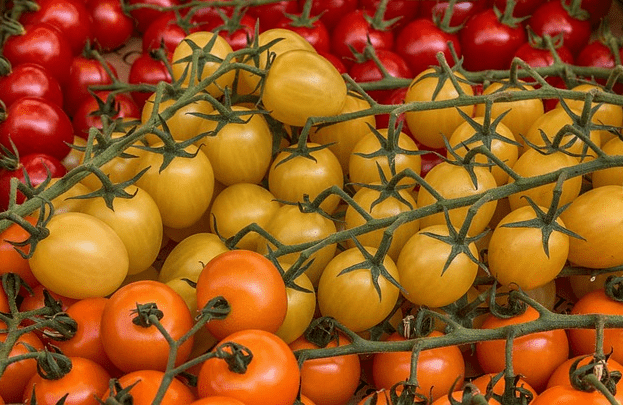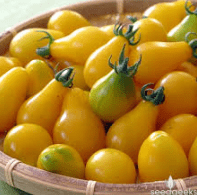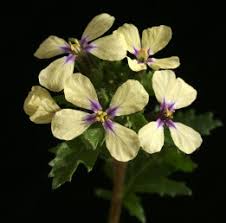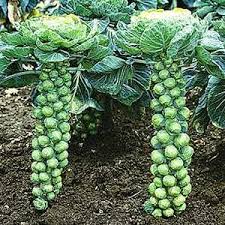Did you know that in the United States, tomatoes are legally classified as a 'vegetable,' despite being a classic example of a 'fruit' botanically speaking?
This classification stems from historical reasons, aimed to protect tomato growers in the country. But how did such a designation benefit these growers?
Well, back in the late 19th century, fruits were exempt from import taxes, while vegetables were not. This tax loophole led to tomatoes being labeled as vegetables. However, in culinary contexts, tomatoes are undeniably a cornerstone of the vegetable department, even though they are fruits in essence.

For those following this newsletter, you'll know that the glamorous culinary context of tomatoes in kitchens, turning it into a staple in Italian, French, Turkish, or North African cuisines, is relatively recent.
Before the mid-16th century, hardly anyone in Europe, Asia, or North Africa had seen a tomato. Even when the Spanish introduced tomatoes to Europe, it took a long time for them to be adopted.
For example, the first mention of tomato sauce in Italian cuisine comes from 1692, credited to a Spanish chef in the service of King Naples. The classic pairing of pasta and tomato sauce, known as 'pasta pomodoro,' first appeared in a recipe book published in 1790.
Speaking of which, the name 'pomodoro' (golden apple), by which the tomato is still known today, has an interesting origin.
The wild ancestor of the tomato, still found in Central America today, doesn't produce red fruit, but rather yields small, pale yellowish-green ones that are flavorless.

Of course, when the Spanish arrived in South America, it was centuries after the tomato had been domesticated. By then, local inhabitants had cultivated numerous varieties, some likely red tomatoes, while most were probably in shades of golden yellow. One of which, is likely the first type brought back to Europe by the Spanish.
Initially, the tomato was yellow and small, resembling a toxic plant's fruit commonly found in Europe called “Bella Donna”. Nonetheless, the round, yellow appearance earned the tomato the name "pomodoro" (golden apple). When did it turn red? It's hard to determine, but gradually, red varieties became popular, overshadowing the yellow ones.
So, let's talk about the red color. Primarily, it arises from a pigment called lycopene. As mentioned, it's likely that the early red varieties were cultivated in America, and through selective breeding, plants with enhanced lycopene production underwent a process of refinement.
Lycopene is an antioxidant with exceptional medicinal properties. It's considered beneficial for the heart and cardiovascular system, skin protection (providing protection against UV radiation, hence its popularity in the cosmetics industry), and there's speculation that it may also possess natural cancer-fighting properties.
These properties of lycopene have led to the development of tomato varieties with an excess of lycopene in recent decades. The result are deep purple cherry tomatoes with a hue ranging from purple to black. Alongside this, the demand for tomato diversity has led to the development of another trend – yellow cherry tomatoes, reminiscent of the first tomatoes that crossed the Atlantic from America to Europe, still copying in the name 'pomodoro.'
When it comes to tomatoes, I love variety, mixing red, black, and yellow in salads. In our garden, we strive to have multiple tomato varieties available, so this week, you might encounter wonderful red 'Maggie' tomatoes, classic cherry tomatoes, purple lycopene-rich tomatoes, and delightful yellow tomatoes from an organic grower in the Arava.








